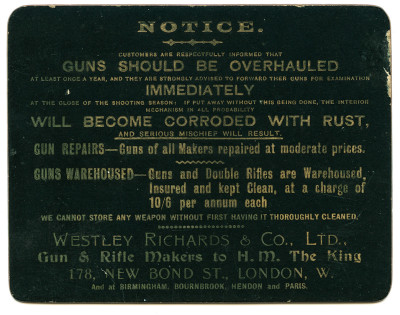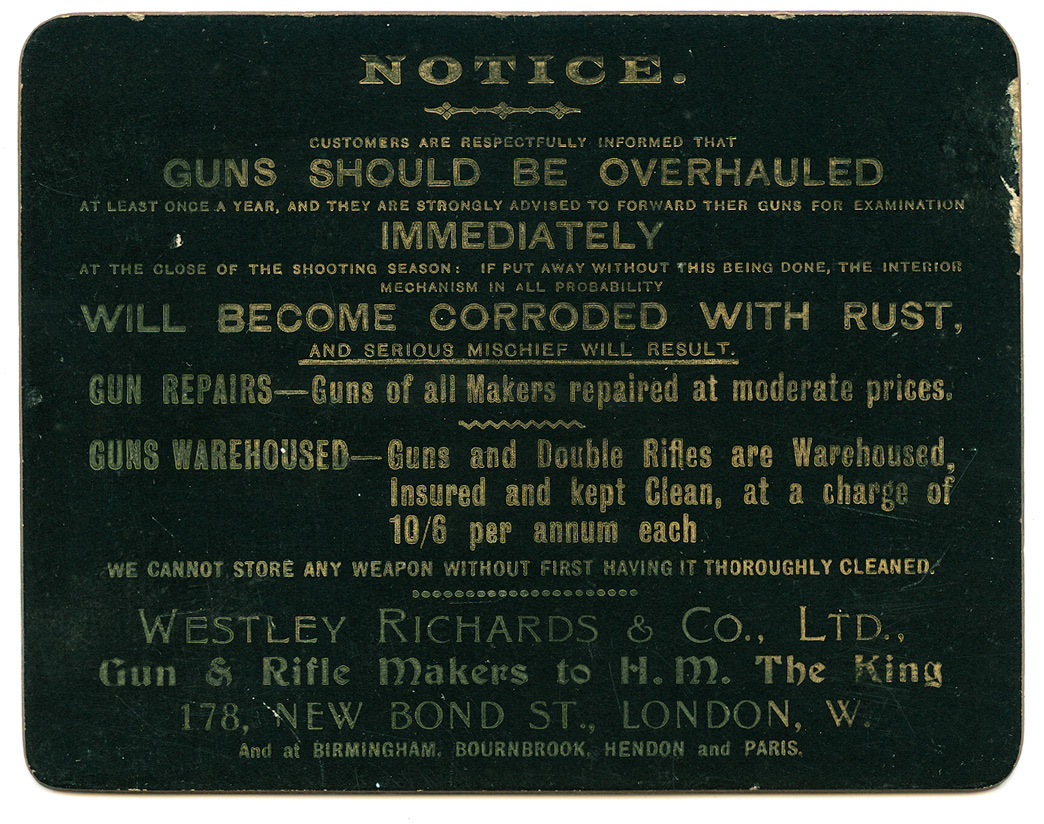At first glance, it was surprising that the gun had even been out shooting and allowed to break. The 'tell tale' sign of wear was the fact that the ejector box was showing through the wood, the forend was all but worn away. I recall at my first Safari Club show in 1987, a Californian, a regular 'tyre kicker' as we call them, putting a calling card between the barrels and breech face of one of my used guns for me to find in the morning, indicating 'it's loose'. The shotgun in front of me that day could accommodate a paperback novel.
I proceeded to explain to the Gentleman that a quite considerable amount of work needed doing to the gun in order to make it reliable and safe once again, that perhaps it would be more economical to 'retire the gun'. I was told in no uncertain words to fix the damned thing and to do so at very little cost. "I am 86 years old and this will be my last season, after that we can both retire" We fixed the gun up, it lasted the season and was duly retired.
My message here is that guns, like cars do need servicing. It almost seems a common misunderstanding that the cost of our guns means they will work forever without ever needing a service. With many of the guns in active service that we, and other makers made now 'antiques', servicing and ensuring the safety of the firearm for both you and others in the field with you, has become even more relevant.



 Enquire
Enquire














